A garden is not just a beautiful outdoor space; it can also serve as a thriving habitat for local wildlife. By designing and maintaining a wildlife-friendly garden, you can attract birds, bees, and butterflies, contributing to the preservation of biodiversity in Victoria, BC. This comprehensive guide will provide valuable tips and ideas to help you create a garden that fosters a thriving habitat for these essential creatures. We will cover the importance of planting native flowers, establishing water sources, and implementing safe pest control methods.
1. Planting Native Flowers for Birds, Bees, and Butterflies:
Planting native flowers is crucial for attracting and sustaining local wildlife. Native plants have evolved alongside the local ecosystem, making them well-suited to the region’s climate and soil conditions. Here are some suggestions for native flowers that are beneficial for attracting birds, bees, and butterflies in Victoria, BC:
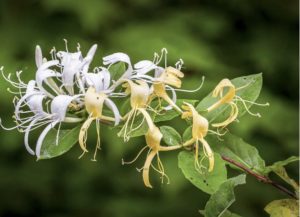
a. Birds:
Consider planting nectar-rich flowers like red flowering currant (Ribes sanguineum), honeysuckle (Lonicera spp.), and salvias (Salvia spp.). Providing shrubs with berries such as Oregon grape (Mahonia aquifolium) and snowberry (Symphoricarpos spp.) will attract birds to your garden.
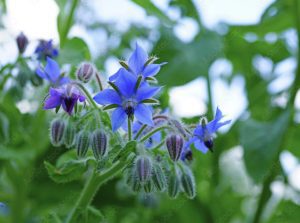
b. Bees:
Bees are essential pollinators, and their presence in your garden is vital for plant reproduction. To attract bees, plant flowers with open, shallow blooms, such as lavender (Lavandula spp.), borage (Borago officinalis), and goldenrod (Solidago spp.). Also, include flowering herbs like thyme (Thymus spp.) and oregano (Origanum spp.) in your garden.
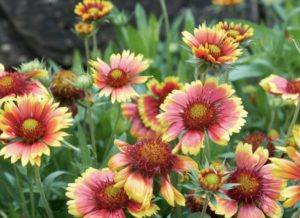
c. Butterflies:
Butterflies are attracted to bright, colourful flowers with a flat or shallow shape. Plant native species like butterfly milkweed (Asclepias tuberosa), purple coneflower (Echinacea purpurea), and blanketflower (Gaillardia spp.). Including larval host plants like milkweed will encourage butterflies to lay their eggs in your garden.
2. Establishing Water Sources:
Water is a vital element for attracting wildlife to your garden. Consider incorporating the following water features:
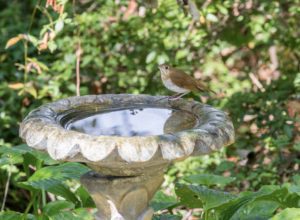
a. Birdbaths:
Provide a shallow birdbath with a gentle slope for easy access. Keep the water fresh and clean, replenishing it regularly.
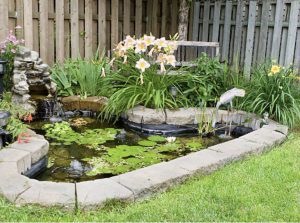
b. Ponds or Water Gardens:
If space permits, consider adding a small pond or water garden. These can serve as water sources and breeding habitats for frogs, dragonflies, and other aquatic insects that attract birds and butterflies.

c. Drippers and Misters:
Install drippers or misters near plants to create a gentle water spray that mimics dewdrops. This will attract butterflies and provide a source of moisture for birds.
3. Safe Pest Control Methods:
Maintaining a balance between controlling pests and preserving wildlife is crucial. Instead of resorting to harmful chemical pesticides, consider these safe pest control methods:
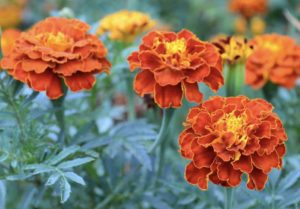
a. Companion Planting:
Use the concept of companion planting to repel pests naturally. For instance, planting marigolds (Tagetes spp.) or nasturtiums (Tropaeolum spp.) can deter aphids and other harmful insects.
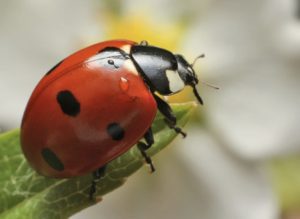
b. Beneficial Insects:
Attract beneficial insects like ladybugs, lacewings, and hoverflies to your garden. These insects feed on pests such as aphids and caterpillars, helping to maintain a natural balance.
c. Organic Pest Control:
Opt for organic pest control methods such as neem oil, insecticidal soaps, or horticultural oils. These products target specific pests while being safe for wildlife when used as directed.
Creating a wildlife-friendly garden in Victoria, BC, is a rewarding endeavour that enhances the beauty of your outdoor space and contributes to the preservation of local biodiversity. By incorporating native flowers, establishing water sources, and implementing safe pest control methods, you can attract birds, bees, and butterflies to your garden. Remember to research specific native species and adapt your garden design to the unique characteristics of your location. Let’s all play a part in creating a thriving habitat for local wildlife and promoting a sustainable environment for future generations.